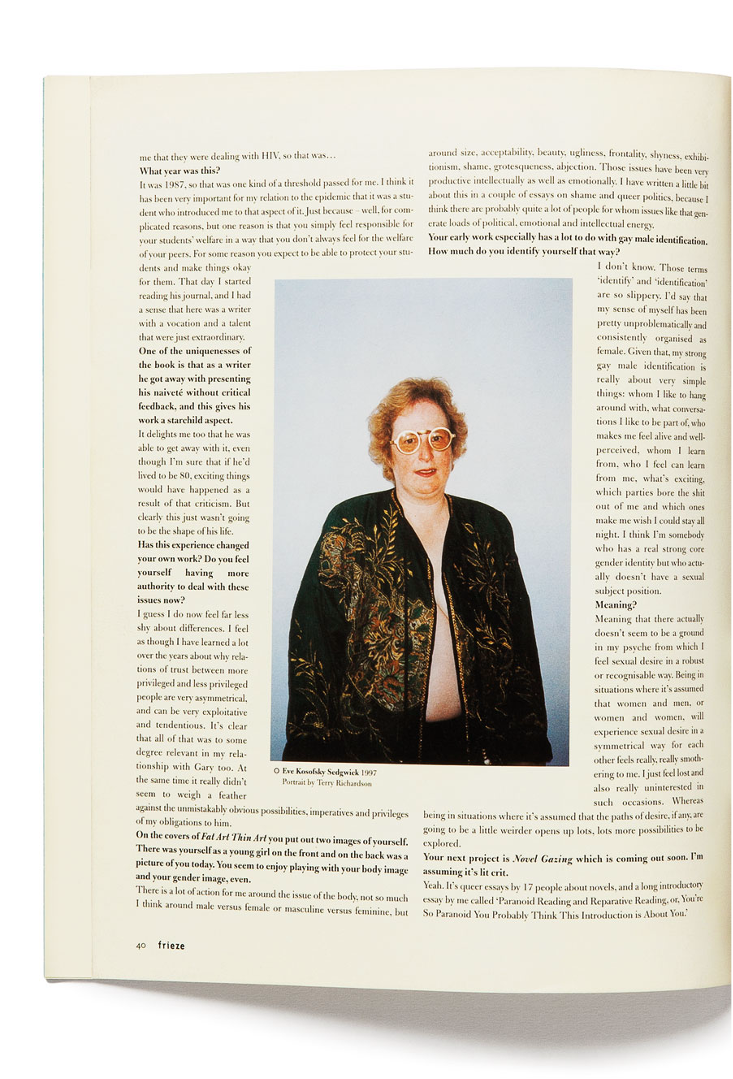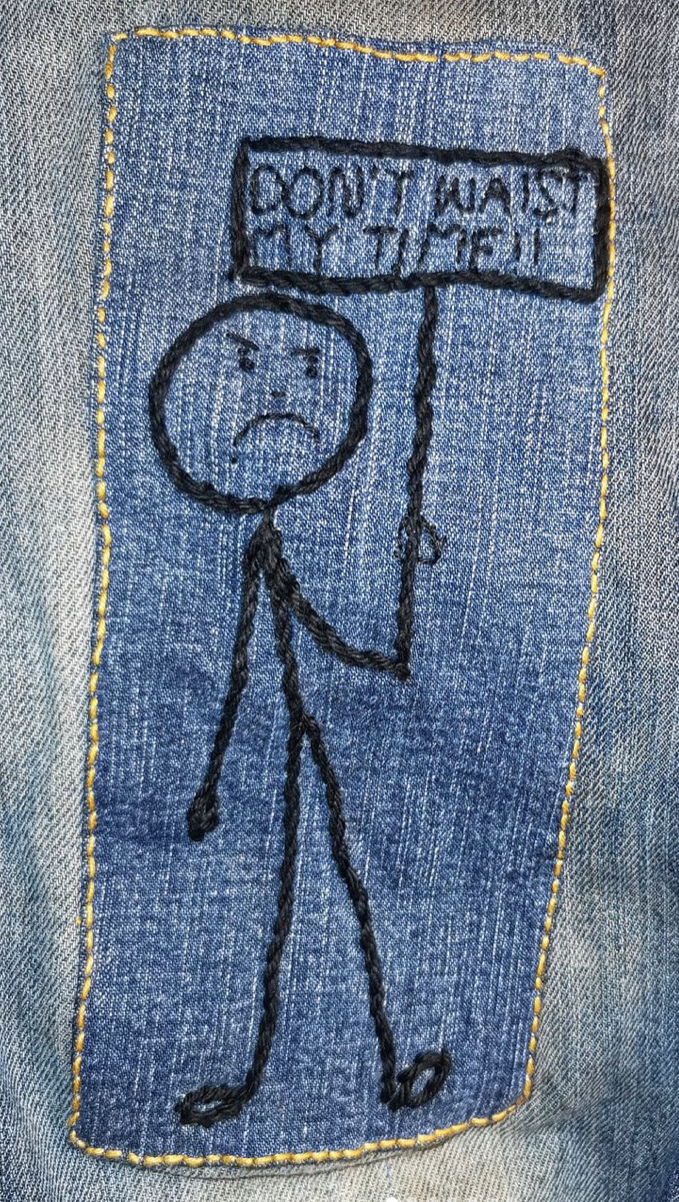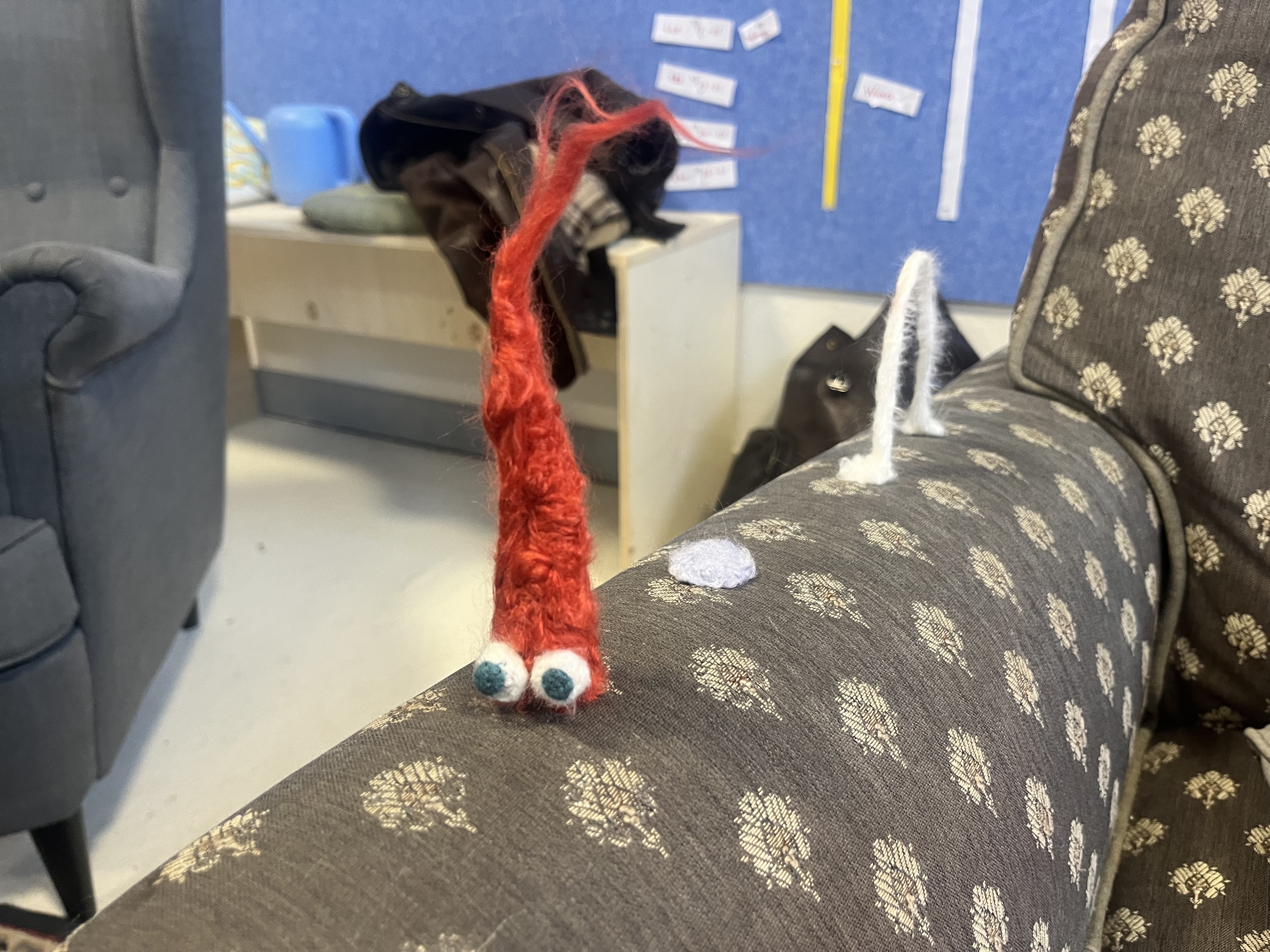VISIBLE MENDING
as/and/of
TRANSFORMATIVE PEDAGOGY
1. Transformative repair of/in academic institutions
2. Kintsugi as reparative metaphor
"[K]intsugi, the Japanese art of repairing broken pottery with a mix of golden powder [...] comes from a philosophy that considers breakage and its subsequent reparation as part of the object’s history, something to be proud of, since it embodies the signs of rupture, the flow of time, and the attempts to fix it. The kintsugi art of care works as a reparative metaphor that comprises consent as negotiated, affective, and critical."
Beatrice Gusmano, "The Kintsugi Art of Care: Unraveling Consent in Ethical Non-Monogamies", Sociological Research Online, 2018: 1-19
3. Visible mending as reparative metaphor
A:
Visible mending as metaphor and concept of a particular kind of reparative disposition that can be articulated poetically, aesthetically and materially, and that can be connected to discourses on repair and transformation that are currently circulating within and between academic, activist, and artistic communities.
B:
Visible mending as a set of practices and techniques that already circulate within and between cultures, generations, and communities, and that may be transported to and translated for concrete transformative agendas within institutions and societies in transition.

Fostering a reparative position:
"[T]o read from a reparative position is to surrender the knowing, anxious paranoid determination that no horror, however apparently unthinkable, shall ever come to the reader as new:
to a reparatively positioned reader, it can seem realistic and necessary to experience surprise. Because there can be terrible surprises, however, there can also be good ones. Hope, often a fracturing, even a traumatic thing to experience, is among the energies by which the reparatively positioned reader tries to organize the fragments and part-objects she encounters or creates. Because she has room to realize that the future may be different from the present, it is also possible for her to entertain such profoundly painful, profoundly relieving, ethically crucial possibilities as that the past, in turn, could have happened differently from the way it actually did."
4. Visible mending as pedagogy
Link to the project:
https://www.eur.nl/en/transformative-repair
Get in touch:
koevoets@euc.eur.nl
(Re)situates mending within histories and communities of women's/domestic(ated) and queer labor
Resists the ideological framing of repair as a re-storation or re-turn [to an (imaginary) "original" or authentic state]
Refuses to acknoqwledge "mastery" as a core value and takes seriously the urgency of global crises by enabling engagement in reparative action in the here-and-now "make do and mend"
Decenters colonial and extractivist logics by centering indigenous knowledge practices of thinking-with more-than-human others as reworlding practices
"Using the term habit in connection with utopia, […] suggests that habit can be a mechanism for building new ways of being in the world because it belongs to the domain of the ordinary, to activities that are not spectacular or unusual but instead arise from everyday life."
Ann Cvetkovich, Depression: A Public Feeling 2012: 191
As practice of a Queer Art of Failure
“Failure can be counted within that set of oppositional tools [called the] “weapons of the weak. […] As a practice, failure recognizes that alternatives are embedded already in the dominant, and that power is never total or consistent.”
J. Halberstam, The Queer Art of Failure 2011: 88
“The concept of practicing failure perhaps prompts us to discover our inner dweeb, to be underachievers, to fall short, to get distracted, to take a detour, to find a limit, to lose our way, to forget, to avoid mastery, and, with Walter Benjamin, to recognize that “empathy with the victor inevitably benefits the rulers” (Benjamin, 1969: 256). All losers are the heirs of those who lost before them. All failure loves company.”
Idem: 121

Engaging with "dark utopias"(which are queer):
Visible mending as utopian practice in the here and now “involves acceptance of impermanence and imperfection, a patience with uncertainty and the makeshift, a friendship with water, darkness, and the earth”
Ursula Le Guin ”Utopiyin, Utopiyang” in No Time to Spare, 2017: 87
“queer work on the utopian generally embraces negativity, finding the utopian in perversion, abjection, failure, depression, and struggle, and hence refusing easy or binary distinctions between positive and negative affects.”
Ann Cvetkovich, Depression: A Public Feeling 2012: 191
Contributes to the development of an aesthetics and esthesis of failure, care & repair
Embodied and affective pedagogies
A utopian pedagogy of ordinary habit
Trans- and postdisciplinarity
“disciplines actually get in the way of answers and theorems precisely because they offer maps of thought where intuition and blind fumbling might offer better results.”
J. Halberstam, The Queer Art of Failure 2011: 8




Producing an/archives of feelings:
‘‘[A]n archive of feelings,’’ [is] an exploration of cultural texts as repositories of feelings and emotions, which are encoded not only in the content of the texts themselves but in the practices that surround their production and reception. [...] The memory of trauma is embedded not just in narrative but in material artifacts, which can range from photographs to objects whose relation to trauma might seem arbitrary but for the fact that they are invested with emotional, and even sentimental, value. [...] In the absence of institutionalized documentation or in opposition to official histories, memory becomes a valuable historical resource, and ephemeral and personal collections of objects stand alongside the documents of the dominant culture in order to offer alternative modes of knowledge."
Ann Cvetkovich -
An Archive of Feelings: Trauma, Sexuality, and Lesbian Public Cultures, 2003: 7-8
"There is a lesson within the broken fibres we are stitching back together that we might apply to ourselves.
[...]
We all break from time to time. [...] We carry the knocks of life on our bodies, like an old, much-loved, patched pair of trousers. Our wrinkles are a sign of time, weather, and of life - and that should not be shamed, but celebrated."
Molly Martin, The Art of Repair, p.140)
5. Further prompts for visible mending as transformative reparative pedagogy - what it does, what it can do, what it should do
Reworlding
"To Reworld is to decolonise, Indigenise and collectively imagine into action a “world worthy of its children”[i] for the sake of all our future ancestors.
[...] the Centre for Reworlding aims to bolster inclusive collaboration and creative leadership in climate emergency response and action.
This includes prioritising the mainstream integration of arts and culture in national climate emergency discourses, policy frameworks and all-years education.
- https://www.centreforreworlding.com/reworlding